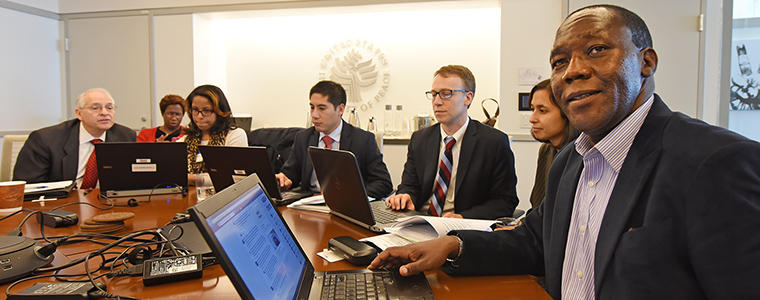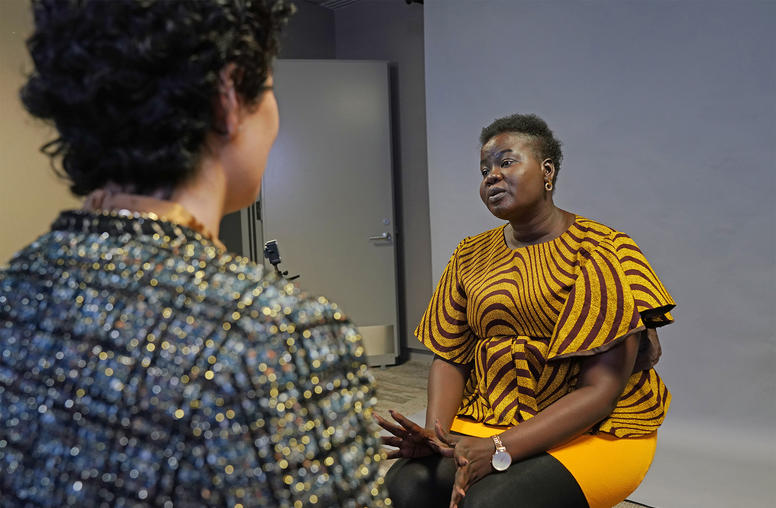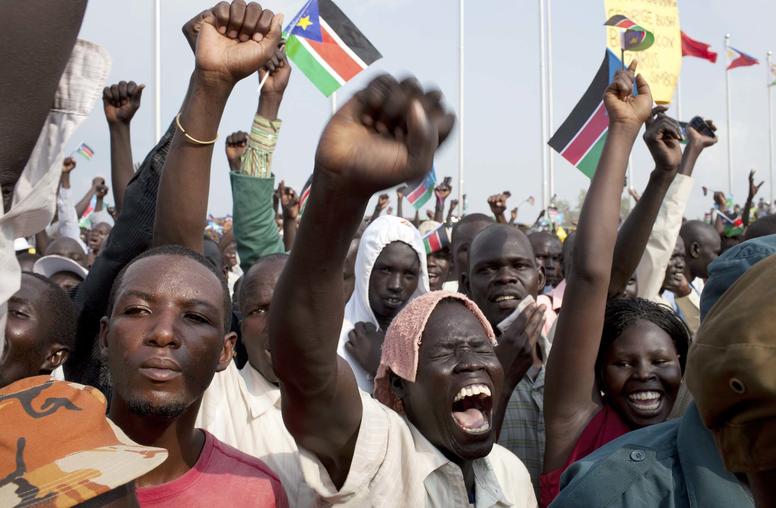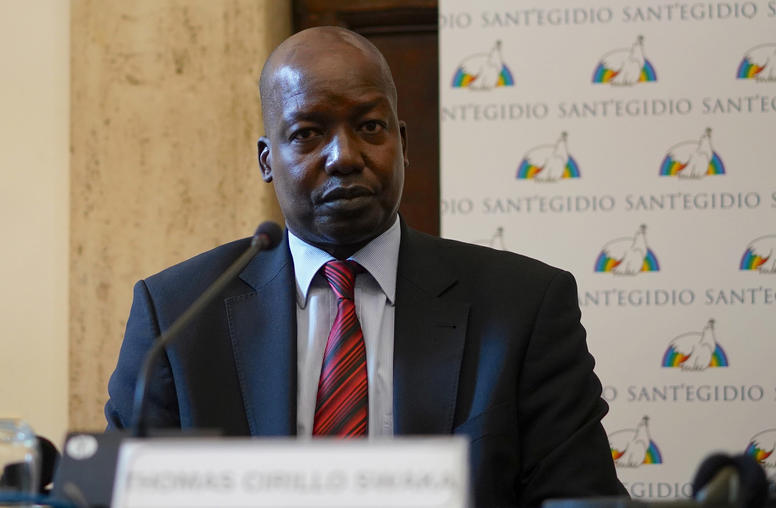Can South Sudan End Two Years of War?
U.S. Officials Join Online Chat About the Peace Process
Three months after warring factions in South Sudan signed onto a peace plan, the fighting continues and the formation of a transitional government is behind schedule. USIP experts joined officials from the Office of the U.S. Special Envoy on Sudan and South Sudan on December 15, 2015 to chat online about how the delayed peace process can be advanced.

The peace agreement signed by South Sudanese government and opposition forces on August 26 promised to end nearly two years of brutal war. But fighting has continued, contributing to a delay in establishing a transitional government.
The world’s youngest nation plunged into violence on December 15, 2013 during a power struggle, and soon ethnic rivalries dominated the conflict. Poor infrastructure, a severe economic crisis, and more than two million displaced people present significant challenges to implementing the peace process.
USIP designed an online chat, via Facebook, to include South Sudanese citizens inside the country and abroad. USIP experts and representatives from the Office of the U.S. Special Envoy to Sudan and South Sudan offered analysis and took online questions on December 15. You can view posts from the discussion on USIP's Facebook thread.
Ambassador Donald Booth, @SUSSESSS
U.S. Special Envoy to Sudan and South Sudan, U.S. Department of State
Jonathan Dworken
Director, Office of Sudan and South Sudan Programs, Bureau for Africa, U.S. Agency for International Development
Steven Feldstein, @SteveJFeldstein
Deputy Assistant Secretary, Bureau for Democracy, Human Rights and Labor, U.S. Department of State
Susan Stigant, @SusanStigant
Director of Africa Programs, U.S. Institute of Peace
John Tanza, Moderator @VOASouthSudan
South Sudan in Focus, Voice of America



